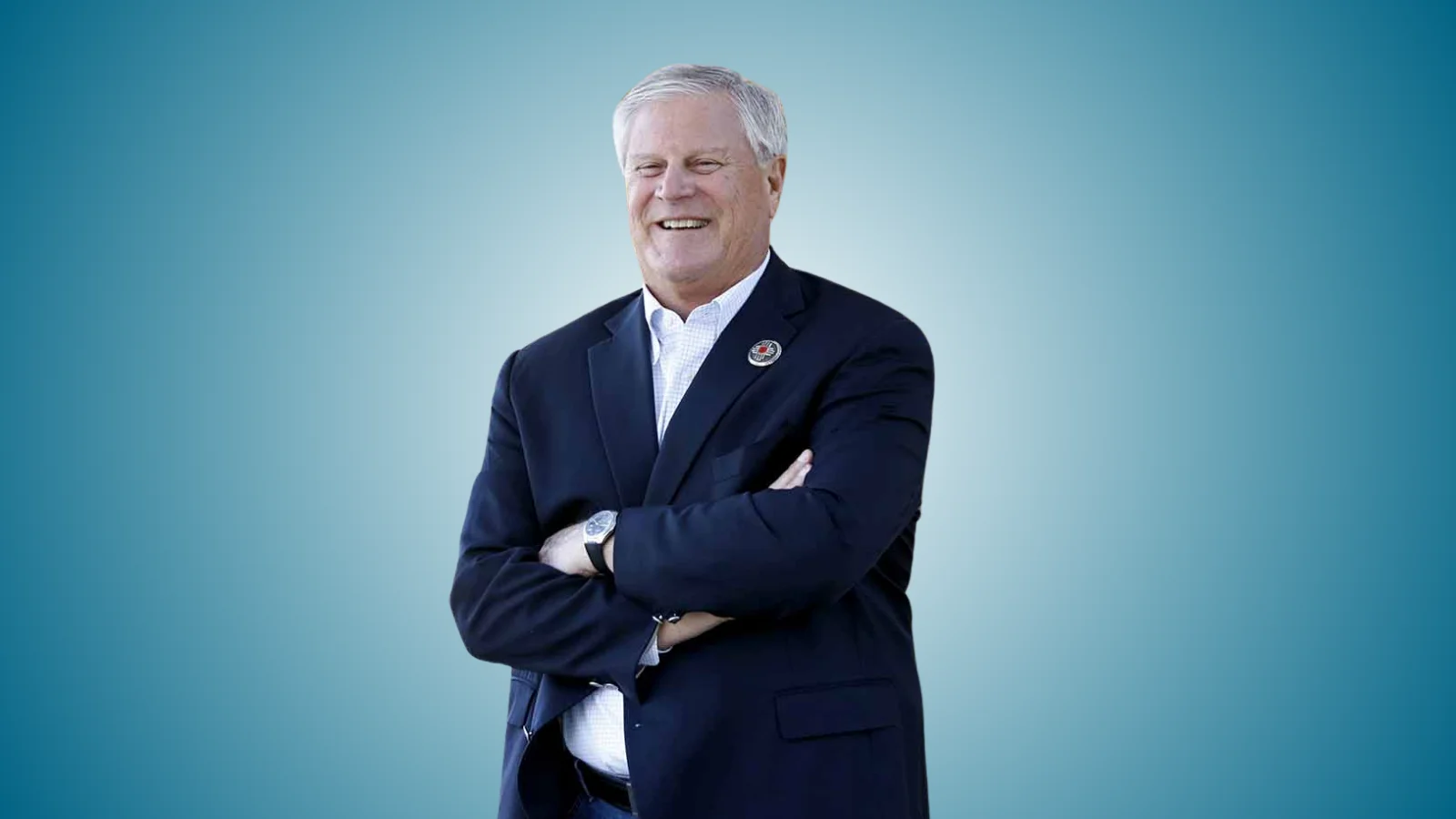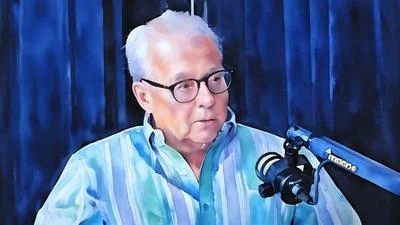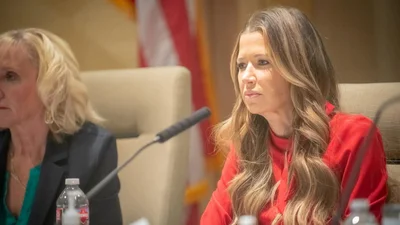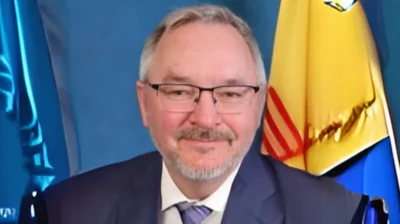I find the word “crisis” to be overused these days when discussing public policy. Advocates often declare a situation to be a “crisis” based only on their opinions. However, on the topic of New Mexicans’ access to medical care, the following facts suggest that this is indeed a “crisis” facing our state.
Most estimates indicate that the state is lacking some 300 primary care physicians to meet the accepted (no shortage) ratio of 1 physician per 1500 people. This has resulted in wait times to see a primary care provider (PCP) increasing from 2-5 weeks in 2016 to now 2-4 MONTHS in some areas of the state. The reality of our problem gets much worse when specialty physicians are included in the dataset as one estimate had over 2,200 positions available in the 2024 job market.
Why the shortage? Several factors are in play. One of the most significant is New Mexico’s medical malpractice environment. We have among the highest malpractice claim ratios in the nation resulting in impossibly high insurance premiums. Recently, I was told by a Texas specialist who had started his career in Santa Fe that a single malpractice claim, in which a professional board completely exonerated him from any liability, dragged on for years. New Mexico law encourages litigating every misstep with the promise of large payouts if suits are successful. We differ from our neighboring states in this regard, making a doctor’s decision to go elsewhere basically ‘open and shut’. Another factor is the low retention rate of physicians educated here; our state’s unfriendly environment to practice medicine makes us far less competitive to recruit and retain providers. A third issue is our relatively low rates for Medicaid reimbursements. Nearly half our population relies on Medicaid, which pays only about 60% of what private insurance does. If private rates are essential to sustain providers, those with private insurance—roughly half the population—must cover 70% of the cost to maintain our healthcare system.
One of the consequences here is that medical insurance in the private market is more expensive than it might otherwise need to be. Additionally, and perhaps most concerning for the future, is the fact that over 40% of the doctors in the state are over 60 years old and expected to retire by the year 2030. The bottom line is that doctors won’t move here, don’t want to stay here, can’t afford to practice here, and are getting older. In short, this has become a perfect storm for compromised healthcare access.
One solution that has been proposed in the last few legislative sessions is the prospect of joining medical provider compacts which would allow out-of-state providers reciprocity with respect to licensing, thereby making it easier for telehealth and other services to come from out-of-state physicians. These efforts have run aground, again, on the insistence by the attorneys who have a stranglehold on Democratic lawmakers that the governing organizations be subject to our state’s liability law. Another win for the trial lawyers.
Our progressive legislature has, for the last few years, been quietly moving toward a single payer health system in the state in the belief that access to medical care is a ‘right’ that should not be subject to any profit motive. If you like your BeWellNM insurance, you'll love a single-payer system. However, many opt out of the state program due to its limited in-state physician network, requiring special approval for out-of-state care. This is especially burdensome for rural residents who rely on receiving their medical care from providers in Texas, Colorado, or Arizona.
We can do better. The problems with New Mexico medical care—or the lack thereof—are self-inflicted. Public policy has created the problem, but with the appropriate courage, we can fix it. Please remember this the next time you go to the polls to vote.
Larry Scott is a State Senator representing District 42 in the New Mexico Senate.








